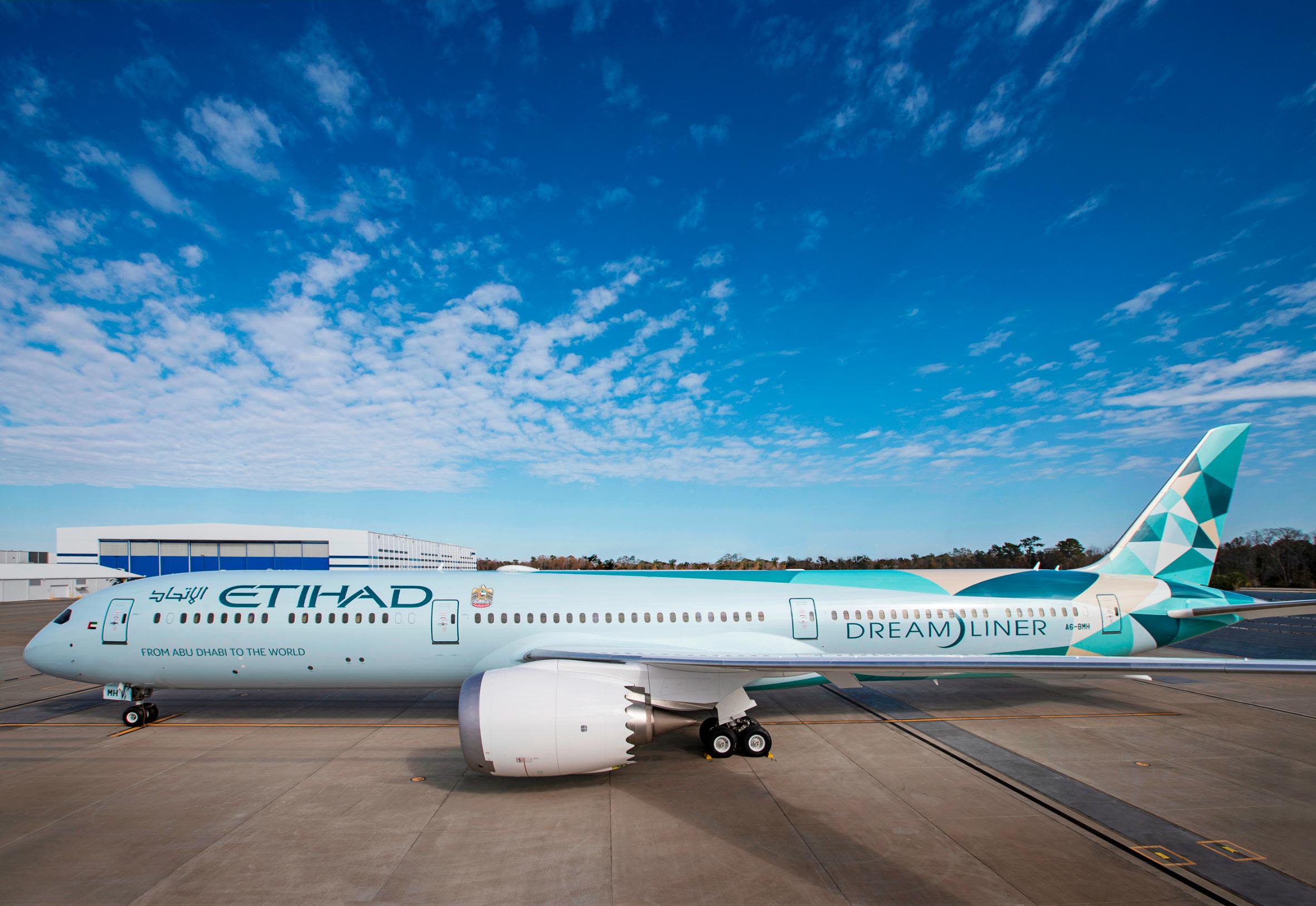
Aviation sustainability practices are becoming more important as the world seeks greener solutions. What are some key facts about aviation sustainability? Airlines and airports are adopting innovative methods to reduce their carbon footprint. From using biofuels to implementing more efficient flight paths, the industry is making strides. Electric planes, though still in development, promise a future with lower emissions. Recycling programs at airports help manage waste better. Noise pollution reduction is another focus area, with quieter engines being developed. Sustainable aviation fuel (SAF) is gaining traction. These efforts show a commitment to a cleaner, more sustainable future for air travel.
Key Takeaways:
- Aviation is going green with biofuels, electric planes, and fuel-efficient designs, reducing emissions and noise pollution.
- Airports and airlines are embracing sustainability through green buildings, electric vehicles, waste reduction, and collaborative efforts for a greener future.
Aviation's Green Revolution
Aviation is a major contributor to global emissions, but the industry is making strides toward sustainability. Here are some fascinating facts about how aviation is going green.
-
Biofuels: Airlines are increasingly using biofuels made from renewable sources like algae, waste oils, and agricultural residues. These fuels can reduce carbon emissions by up to 80%.
-
Electric Planes: Companies are developing electric aircraft for short-haul flights. These planes produce zero emissions during flight and are much quieter than traditional jets.
-
Fuel Efficiency: Modern aircraft are designed to be more fuel-efficient. For example, the Boeing 787 Dreamliner uses 20% less fuel than older models.
Innovations in Aircraft Design
Aircraft design plays a crucial role in reducing environmental impact. Engineers are constantly innovating to make planes more sustainable.
-
Winglets: Adding winglets to the tips of airplane wings reduces drag, which improves fuel efficiency by up to 5%.
-
Lightweight Materials: Using materials like carbon fiber composites makes planes lighter, which reduces fuel consumption and emissions.
-
Aerodynamic Shapes: Newer aircraft designs feature more aerodynamic shapes, which help reduce drag and improve fuel efficiency.
Sustainable Airport Practices
Airports are also adopting sustainable practices to minimize their environmental footprint. Here are some ways they are contributing to aviation sustainability.
-
Green Buildings: Many airports are constructing green buildings that use less energy and water. These buildings often have features like solar panels and rainwater harvesting systems.
-
Electric Ground Vehicles: Airports are replacing diesel-powered ground vehicles with electric ones, reducing emissions and improving air quality.
-
Recycling Programs: Airports are implementing comprehensive recycling programs to reduce waste. Some even recycle aircraft de-icing fluid.
Airline Initiatives
Airlines themselves are taking significant steps to become more sustainable. These initiatives are helping to reduce the industry's overall environmental impact.
-
Carbon Offsetting: Many airlines offer passengers the option to offset their carbon emissions by investing in environmental projects like reforestation.
-
Sustainable Catering: Airlines are sourcing more sustainable food options for in-flight meals, including locally sourced and organic ingredients.
-
Waste Reduction: Airlines are working to reduce waste by eliminating single-use plastics and improving recycling programs on board.
Regulatory and Collaborative Efforts
Governments and organizations are collaborating to create regulations and initiatives that promote sustainability in aviation.
-
CORSIA: The Carbon Offsetting and Reduction Scheme for International Aviation (CORSIA) aims to stabilize carbon emissions from international flights at 2020 levels.
-
International Partnerships: Airlines and manufacturers are partnering with research institutions to develop new technologies and practices for reducing emissions.
-
Government Incentives: Some governments offer incentives for airlines to adopt more sustainable practices, such as tax breaks for using biofuels or investing in electric aircraft.
The Future of Aviation Sustainability
Aviation sustainability is more than just a buzzword. Airlines are adopting biofuels, electric planes, and carbon offset programs to reduce their environmental impact. These efforts are crucial for cutting down on greenhouse gas emissions and preserving our planet.
Biofuels made from renewable resources like algae and waste oils are already in use, showing promise for a greener future. Electric planes are on the horizon, with companies investing heavily in research and development. Carbon offset programs allow passengers to balance out their travel emissions by funding environmental projects.
These innovations are not just good for the environment; they also make economic sense. Sustainable practices can lead to cost savings and new business opportunities. As technology advances, the aviation industry will continue to find new ways to fly cleaner and more efficiently. The sky's the limit for sustainable aviation.
Frequently Asked Questions
Was this page helpful?
Our commitment to delivering trustworthy and engaging content is at the heart of what we do. Each fact on our site is contributed by real users like you, bringing a wealth of diverse insights and information. To ensure the highest standards of accuracy and reliability, our dedicated editors meticulously review each submission. This process guarantees that the facts we share are not only fascinating but also credible. Trust in our commitment to quality and authenticity as you explore and learn with us.


